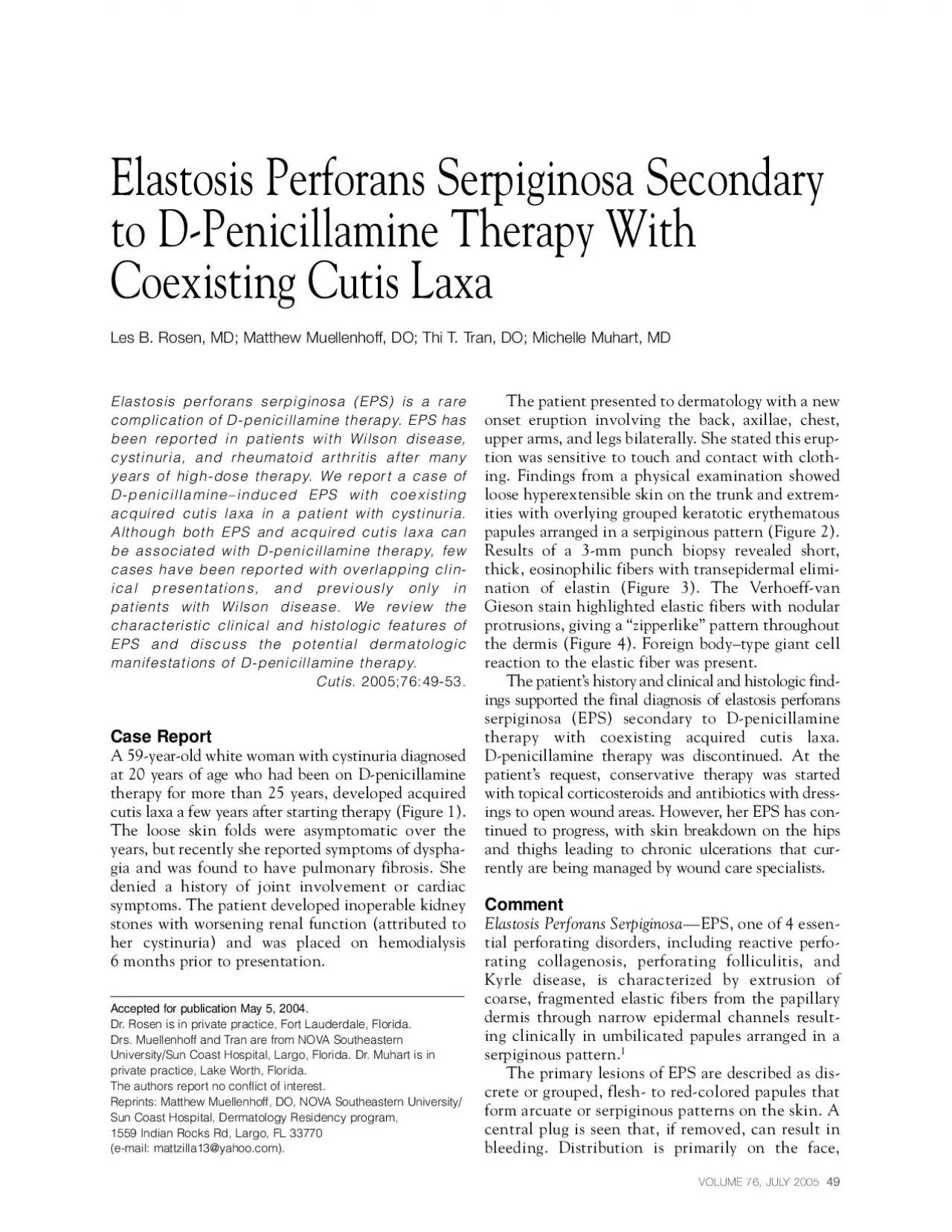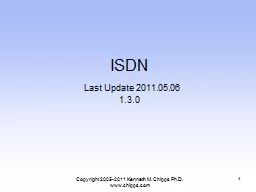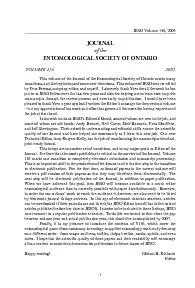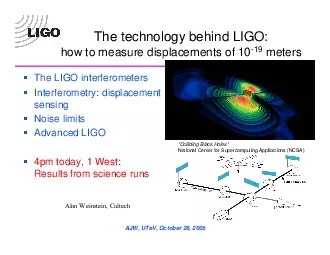PDF-VOLUME 76 JULY 2005
Author : lauren | Published Date : 2021-08-19
Elastosis perforans serpiginosa EPS is a rarecomplication of Dpenicillamine therapy EPS hasbeen reported in patients with Wilson diseasecystinuria and rheumatoid
Presentation Embed Code
Download Presentation
Download Presentation The PPT/PDF document "VOLUME 76 JULY 2005" is the property of its rightful owner. Permission is granted to download and print the materials on this website for personal, non-commercial use only, and to display it on your personal computer provided you do not modify the materials and that you retain all copyright notices contained in the materials. By downloading content from our website, you accept the terms of this agreement.
VOLUME 76 JULY 2005: Transcript
Download Rules Of Document
"VOLUME 76 JULY 2005"The content belongs to its owner. You may download and print it for personal use, without modification, and keep all copyright notices. By downloading, you agree to these terms.
Related Documents














